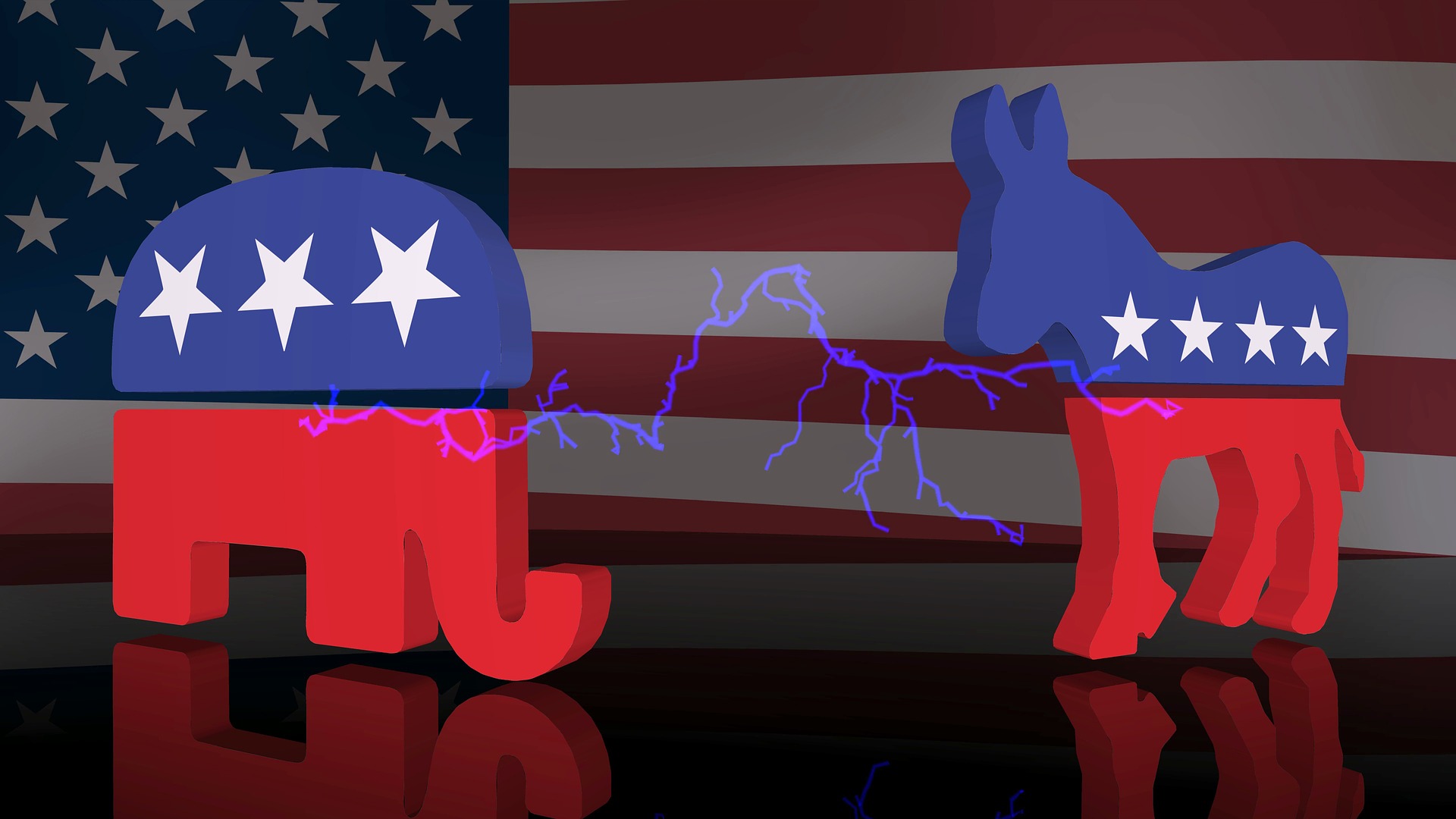WASHINGTON, Sept. 7, 2022 /PRNewswire/ — Today The Economist launched the third edition of its statistical forecasting model for American Congressional elections, which predicts how many seats in the House of Representatives and Senate each party is likely to win in this year’s midterm elections in the United States. The Economist‘s midterm model simulates the election for all 435 seats in the House and 34 Senate seats 10,000 times and is updated daily. It has been trained on every election cycle since 1942 and nearly 6,500 historical district races.
In total, 469 seats in the U.S. Congress are up for election on November 8, 2022. In an average simulation by The Economist’s midterm model, Republicans win 224 seats in the House, six more than is needed for a majority. Republicans secure at least 218 seats, the minimum to control the lower chamber, in 74% of its simulations. In 95% of simulations, Republicans will win between 208 and 242.
In contrast, Democrats retain control of the Senate in 78% of the model’s simulations. On average, they win 51 seats—one more than their current total of 50. Democrats control between 47 and 55 seats in 95% of simulations. View the full interactive model here: https://www.economist.com/interactive/us-midterms-2022/forecast/senate
Dan Rosenheck, The Economist‘s data editor and lead designer of the model, notes that, “ever since the Supreme Court issued an unpopular ruling in June allowing states to ban abortion, the political environment has improved for Democrats. Mr. Biden’s net approval rating has risen by nine percentage points, and his party’s margin in “generic-ballot” polls, which ask respondents which party they want to control Congress, has improved by three points. Sceptics might note that such polls over-estimated Democrats’ popular-vote margin in the House in 2020 by a hefty six points. Because of the risk of such polling errors, our model also incorporates predicted results based on “fundamental” factors like a state’s electoral record, whether an incumbent is running, and, most importantly, in-state fundraising performance.”
Other factors have also contributed to Democrats’ political tailwind. Inflation and gas prices are starting to ease, Congressional Democrats passed a large spending bill and the Justice Department’s investigation into Donald Trump’s possession of classified documents after leaving office has put the spotlight on the former president, who left office with a 58% disapproval rating.
Applying cutting-edge machine-learning techniques to political science, the model combines information from polling, past elections, special elections, fundraising, ideology and factors like the economy and incumbency.
Bookmark The Economist’s 2022 midterm elections hub featuring our latest coverage of the battle for the House and Senate: https://www.economist.com/mid-terms-2022
About The Economist (economist.com)
With a growing global audience and a reputation for insightful analysis and perspective on every aspect of world events, The Economist is one of the most widely recognised and well-read current-affairs publications in the world. In addition to the weekly print and digital editions and website, The Economist publishes Espresso, a daily news app, and Global Business Review, a bilingual English-Chinese product. It produces The Intelligence, a daily current-affairs podcast, several other weekly podcasts and short- and long-form video. The Economist maintains robust social communities on Facebook, Twitter, LinkedIn and other social networks.View original content to download multimedia: https://www.prnewswire.com/news-releases/the-economists-midterm-election-model-shows-republicans-have-a-74-chance-of-winning-the-house-democrats-have-a-78-chance-of-retaining-the-senate-301619833.html
SOURCE The Economist – midterm election model image by Larisa from Pixabay

Leave a Reply